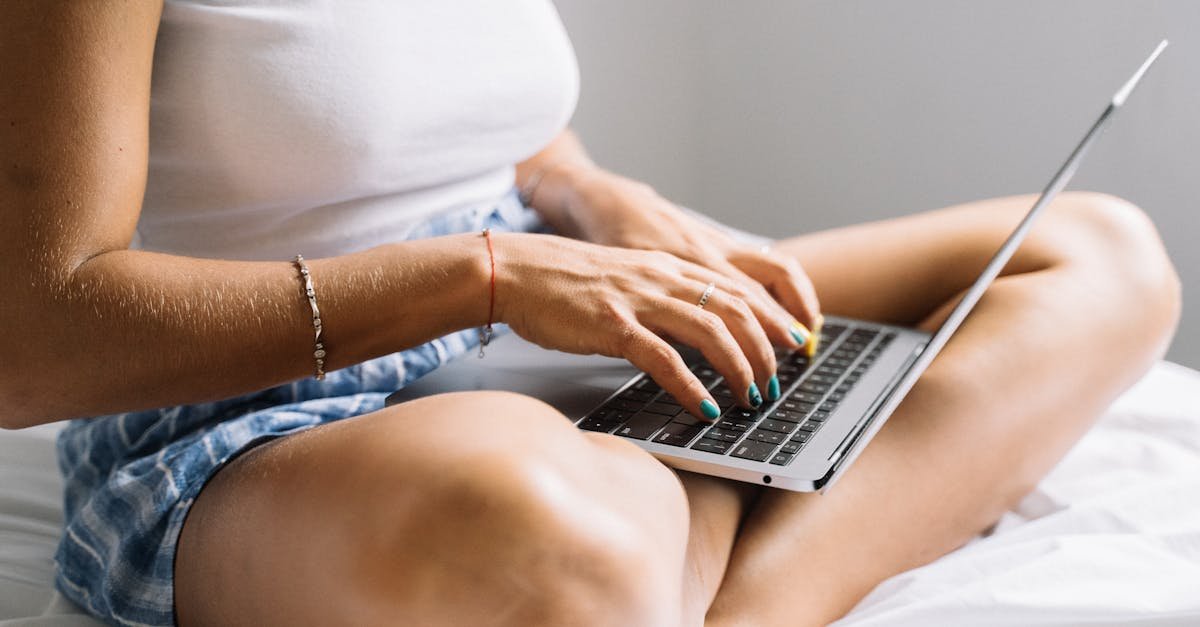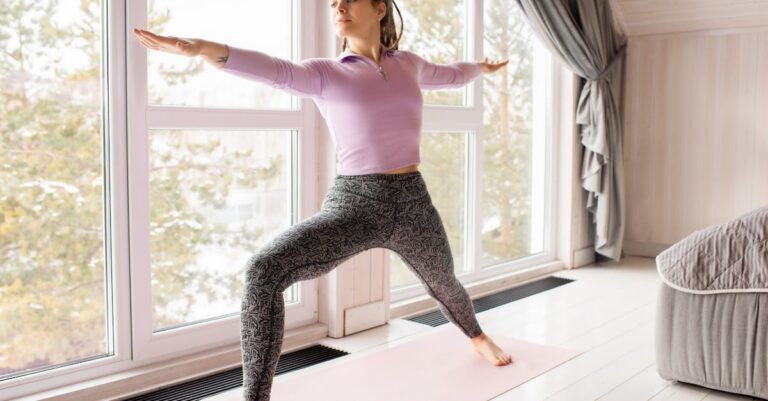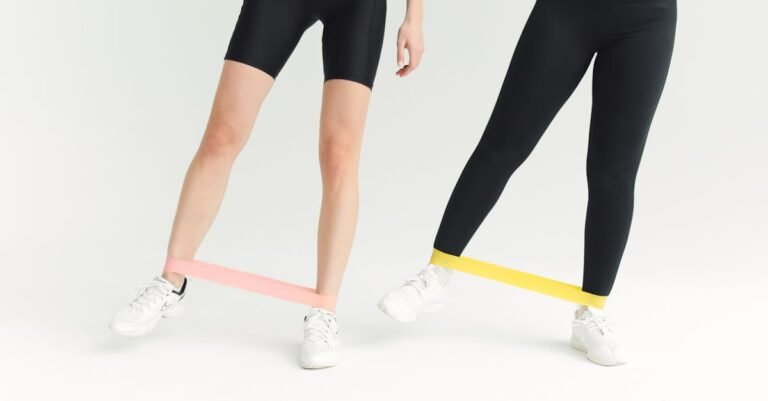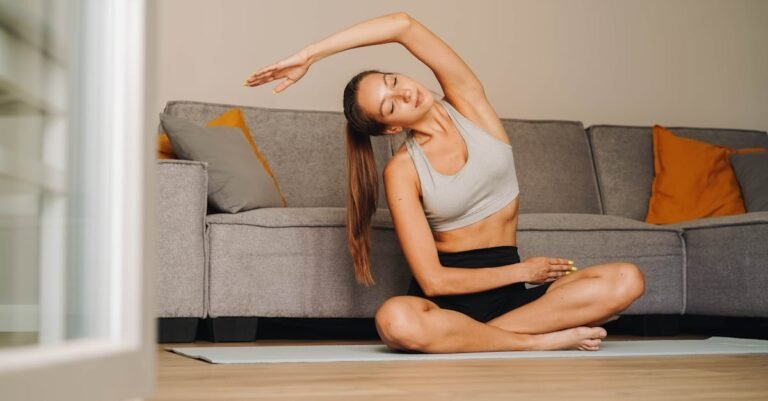So, you’re doing Pilates at home? Awesome! It’s such a great way to build strength, flexibility, and that amazing mind-body connection. But maybe, just maybe, your routine is starting to feel a little… predictable? Or perhaps you’re hitting a plateau and wondering how to get that extra oomph without needing a fancy studio setup. You’re in the right place! This article is your friendly guide to some super helpful Pilates props you can easily use at home. We’ll explore the top tools that can totally transform your workout, making it more challenging, supportive, and honestly, just more fun. Stick around, and you’ll learn exactly how these simple pieces of equipment work and how they can help you unlock a whole new level in your home practice.
Why Bother with Props Anyway?
Okay, let’s be real. You can totally do Pilates with just your body and a mat, and that’s fantastic. But adding props? It’s like adding sprinkles to your favorite ice cream – it just makes things better (and sometimes harder, in a good way!). Props aren’t just about making things look fancy; they serve real purposes.
Sometimes, a prop gives you extra resistance. Think about squeezing a ball between your knees – suddenly, those inner thighs have something concrete to work against! Other times, props offer support. Imagine trying a tricky balance exercise; holding onto a light resistance band might give you just enough stability to focus on your form instead of just trying not to tip over.
Props can also help you find the right muscles. Ever done an exercise and thought, “Am I even doing this right?” A prop can provide feedback, guiding your body into the correct position or helping you feel that specific muscle group engage. Plus, let’s face it, they add variety! Mixing props into your routine keeps things fresh and stops boredom from creeping in. It’s all about making your workout more effective and enjoyable.
The Magic Circle: Your Pilates Best Friend
This thing looks simple – basically a flexible ring, often with padded handles on the sides – but don’t let its looks fool you. The Pilates Magic Circle (or fitness ring) is a powerhouse! Its main job is to provide resistance, helping you strengthen muscles you didn’t even know you had.
You can use it in so many ways. Squeeze it between your ankles or inner thighs during leg exercises, and BAM! You’ll feel those adductor muscles firing like crazy. Hold it between your palms and press inwards while doing chest or arm work for added intensity. It’s brilliant for targeting specific areas.
Imagine this: You’re lying on your back, knees bent, feet flat. You place the Magic Circle between your inner thighs. As you lift your hips into a bridge, you gently squeeze the circle. It’s not just a bridge anymore; it’s a targeted inner thigh and glute workout! The circle gives your muscles direct feedback and something tangible to work against, deepening the engagement.
Resistance Bands: Stretch, Strengthen, Support
Resistance bands are like the unsung heroes of the home workout world. They’re inexpensive, take up virtually no space, and are incredibly versatile. They come in different forms – long flat bands, looped bands, or even bands with handles.
Their magic lies in providing, well, resistance! As you stretch the band, it gets harder to pull, challenging your muscles throughout the entire range of motion. This mimics some of the work you might do on a Pilates Reformer machine, known for its spring-based resistance. Use them for adding challenge to squats, arm rows, bicep curls, or leg extensions.
But they’re not just for making things harder. Bands are also fantastic tools for assistance and stretching. Looping a band around your foot can help you gently deepen a hamstring stretch without straining. Or, if you’re working on an exercise like the Teaser, a band can offer a little support to help you find the movement pattern.
Think about this: You’re doing side-lying leg lifts. Sometimes it feels like you’re just flopping your leg up and down. Now, try it with a looped resistance band around your ankles. Suddenly, you have to control the movement against the band’s tension, both lifting *and* lowering. You feel those outer hip muscles engage much more effectively.
The Stability Ball: Challenge Your Balance
Ah, the big bouncy ball! Often called a Swiss ball or exercise ball, this prop introduces an element of instability to your workout. And why is instability good? Because your body has to work harder to stay balanced!
When you perform exercises on or with the stability ball, your deep core muscles – those abdominals, back muscles, and pelvic floor muscles that form your body’s natural corset – have to constantly make tiny adjustments to keep you steady. This ramps up the intensity of even basic moves.
You can use it in tons of ways: sit on it for core work, rest your feet on it for challenging planks or bridges, lie over it for back extension exercises, or use it for supported stretches. It forces your body to integrate balance and strength.
Picture this scenario: Doing crunches on the floor is fine. But doing crunches with your upper back resting on a stability ball? Whoa. Your abs have to work through a greater range of motion, *and* your whole core system lights up just to keep you from rolling off. It’s a core challenge upgrade!
Small Props, Big Impact: Balls & Foam Rollers
Don’t underestimate the little guys! Smaller props like mini stability balls (often slightly squishy and inflatable), weighted balls, and foam rollers pack a serious punch.
The mini stability ball is incredibly versatile. Place it behind your lower back during ab exercises for support and deeper engagement. Squeeze it between your knees or ankles (like the Magic Circle, but different!). Put it under one foot during standing exercises to challenge your balance. It’s great for fine-tuning and targeting smaller muscle groups.
Foam rollers are famous for self-massage (myofascial release), helping to roll out tight muscles and improve flexibility. Think rolling out your IT band, quads, or upper back after a workout – it can feel intense but oh-so-good afterwards! But rollers can also be used *during* your Pilates workout. Lying on the roller lengthwise challenges your core stability immensely as you perform arm or leg movements. Placing it under your hands or feet can add intensity to planks or push-ups.
Here’s an example: Let’s say bridging feels easy now. Try doing your bridges with your feet resting on a foam roller instead of the floor. The unstable surface makes your hamstrings and glutes work much harder to lift and stabilize your hips. Or, feeling tight hip flexors? Gently lying back over the roller can provide a great opening stretch.
Putting It All Together: Mixing Props In
Okay, so you’ve got this arsenal of cool props. Now what? The beauty is, you don’t need to use everything all at once! The goal is to enhance your workout, not complicate it unnecessarily.
Start by picking one prop per session. Maybe Monday is resistance band day, focusing on assisted stretches and adding resistance to leg work. Wednesday could be Magic Circle day, zeroing in on inner thighs and arm strength. Friday might be stability ball day for a serious core challenge.
You can also think about how props flow within a single workout. Perhaps you start with some foam rolling to release tension, move into mat work using a mini ball for support or challenge, and finish with some resistance band stretches. Listen to your body. What feels tight? What feels weak? Choose a prop that helps address that.
Imagine a mini-routine: You start lying on your back, using the Magic Circle between your thighs for some bridging. Then, you ditch the circle and grab a resistance band to loop around your feet for hamstring stretches and controlled leg circles. Finally, you sit up tall and use the band behind your back for some assisted rowing movements to work your posture muscles. See? Simple transitions, big benefits!
So there you have it! Props like the Magic Circle, resistance bands, stability balls, mini balls, and foam rollers aren’t just clutter for your living room. They’re amazing tools that can seriously boost your home Pilates practice. We’ve seen how they can add resistance to build strength, provide support to help with form or tricky moves, challenge your balance to fire up your core, and simply add welcome variety to keep things interesting. Adding even one or two of these props into your routine can help you connect more deeply with your muscles, break through plateaus, and make your workouts feel fresh and effective. Don’t be afraid to experiment, find what works best for you, and enjoy the journey of discovering just how strong and capable your body is!










